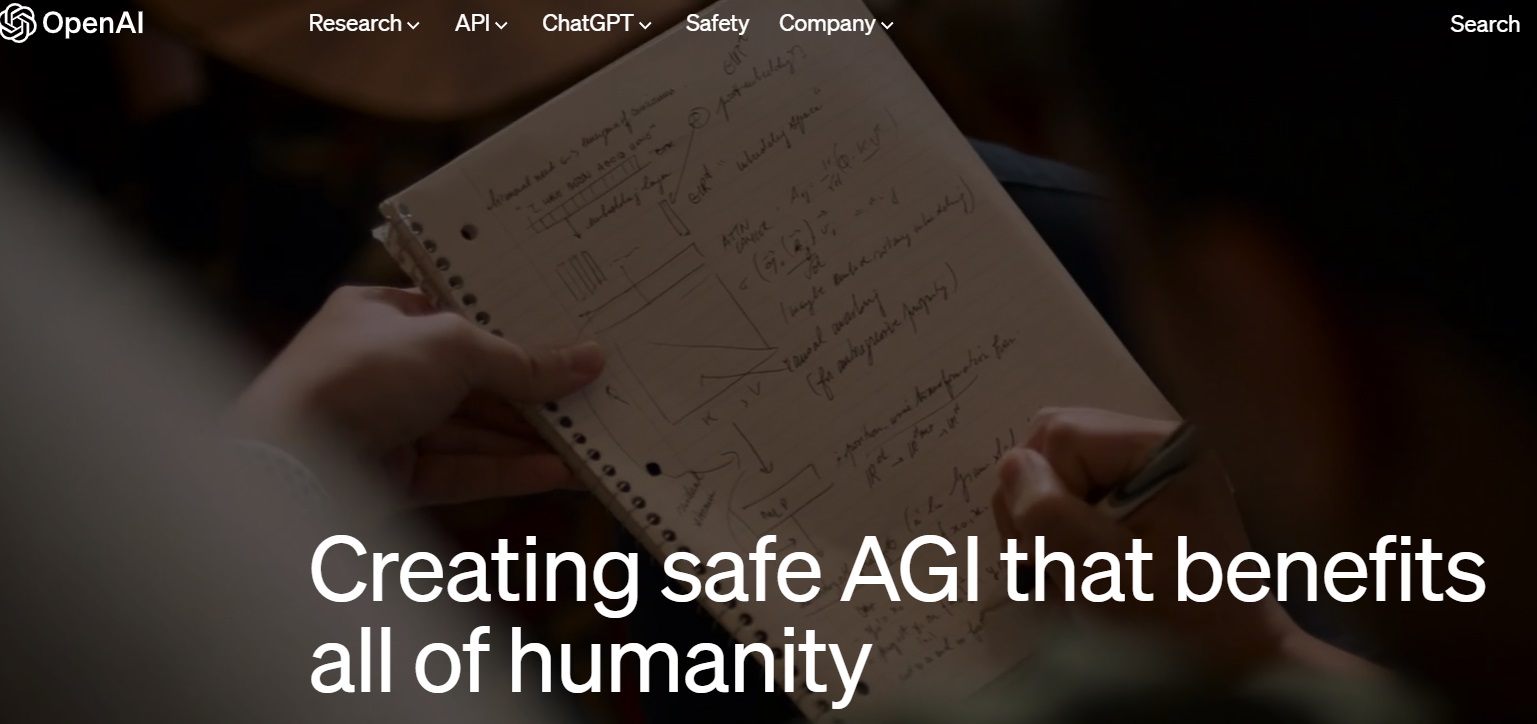In the realm of cutting-edge technology, OpenAI has marked a transformative year with groundbreaking research and the development of innovative products that extend far beyond the boundaries of traditional artificial intelligence (AI). One notable project involves the creation of an autonomous ground robot designed to revolutionize agriculture practices, specifically in the context of crop field management.
Autonomous Ground Robot for Precision Agriculture:
As a pivotal part of this initiative, the OpenAI team has successfully engineered an autonomous ground robot equipped with sophisticated tools for comprehensive visual surveys of crop fields throughout different stages of the season. This robotic marvel is armed with a camera, a laser scanner to measure plant geometry, and a multispectral camera capable of capturing nonvisible radiation bands. Leveraging the power of computer vision and machine-learning technology, the robot can predict fruit yield later in the season.
What sets this project apart is the robot’s active role in optimizing ecological balance between leaf area and fruit load. Rather than simply relaying information to farmers, the robot can autonomously trigger pruning of leaves and thinning of fruit, ensuring an optimal balance that promotes robust crop health.
Macro-scale Plant Growth Measurement:
Beyond ground-level intervention, OpenAI researchers employ a combination of drones and stationary sensor networks to take macro-scale measurements of plant growth. This holistic approach allows for a comprehensive understanding of crop development, offering valuable insights to enhance agricultural practices.
Machine Learning for Crop Parameter Optimization:
The impact of OpenAI’s research extends beyond real-time interventions. By utilizing machine-learning technology to measure sorghum parameters, breeders and geneticists can identify traits critical for improved yield, disease resistance, and drought tolerance. Achieving a 50 percent improvement in yield alone could have a profound and positive impact on global agriculture.
Pathway Language Models are Few-Shot Learners:
The publication of this paper showcased the potential of large language models like GPT-3, demonstrating their ability to be fine-tuned for specific tasks with minimal data.
Jurassic-1 Jumbo:
OpenAI developed a massive language model with 178 billion parameters, setting the stage for even larger and more capable AI systems.
Introduction of CLIP:
This multimodal model, learning from both text and image data, enhances the nuanced understanding of visual information.
OpenAI Gym Retro:
The release of this environment suite facilitates research in reinforcement learning for classic video games, providing a diverse and challenging testbed for AI agents.
Product Development and Deployment:
ChatGPT:
This text-based chatbot achieved unprecedented popularity, attracting millions of users and sparking widespread interest in AI applications.
Dall-E 2:
This image generation model has revolutionized AI art by creating realistic and creative images based on text prompts.
Codex:
The beta release of this code generation tool streamlines the development process by assisting programmers with writing various types of code.
Expansion of OpenAI API:
This development allows developers to integrate OpenAI’s powerful models into their applications, fostering innovation across industries.
Societal Impact and Engagement:
OpenAI’s influence extends beyond technology, influencing societal conversations and creative endeavors:
Increased Public Awareness:
OpenAI’s work has made AI more tangible and relatable, prompting discussions about its potential and limitations.
Responsible AI Development:
OpenAI’s commitment to safety and ethics has sparked constructive dialogues on mitigating risks like bias and misinformation in AI systems.
Contribution to Creative Industries:
OpenAI’s tools empower artists, designers, and writers to explore new creative possibilities.
Influence on Education:
OpenAI’s research raises important questions about the future of education and the role of AI in teaching and learning.
OpenAI’s transformative year reflects a commitment to pushing the boundaries of AI research, developing powerful products, and actively engaging with society. These achievements not only signify significant progress in the field but also lay the foundation for a future where AI benefits all of humanity. OpenAI’s contributions to agriculture and various other domains underscore the organization’s dedication to advancing technology for the betterment of society.


